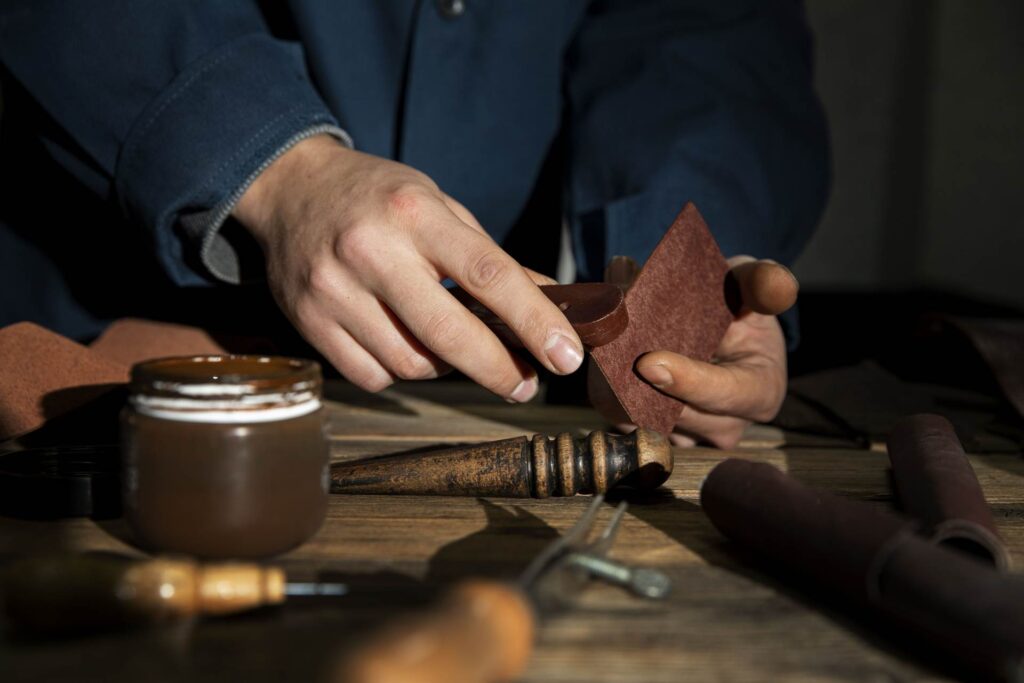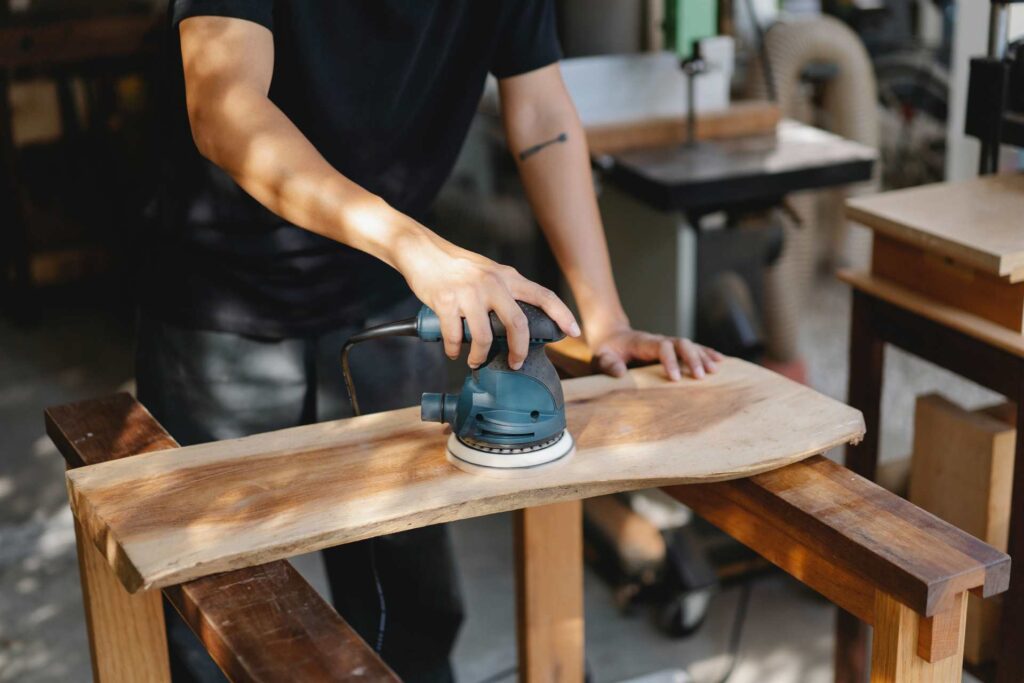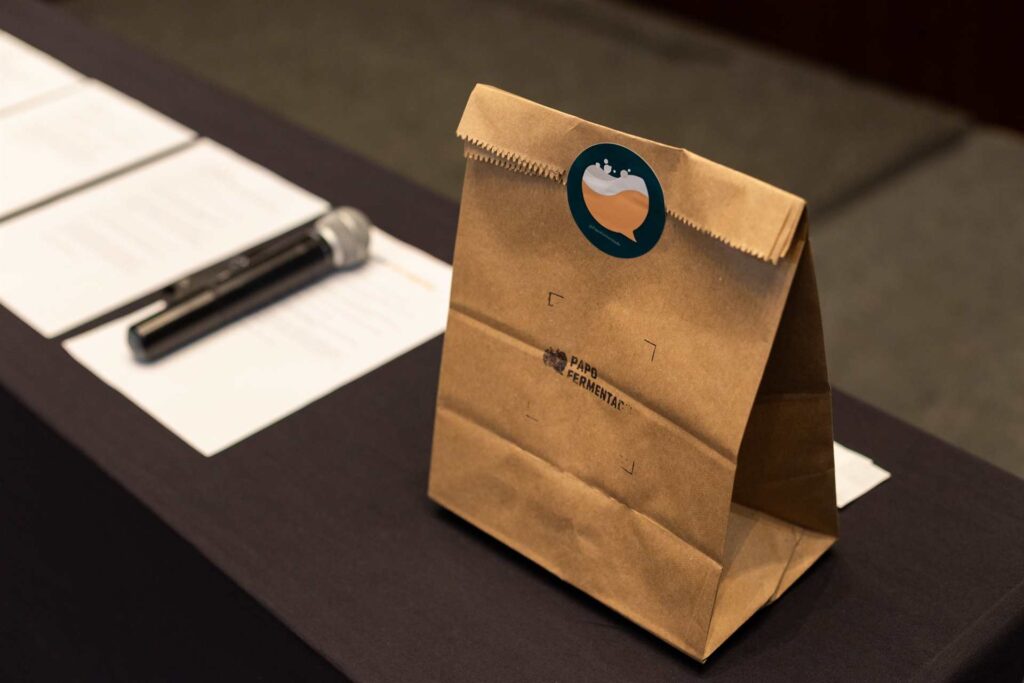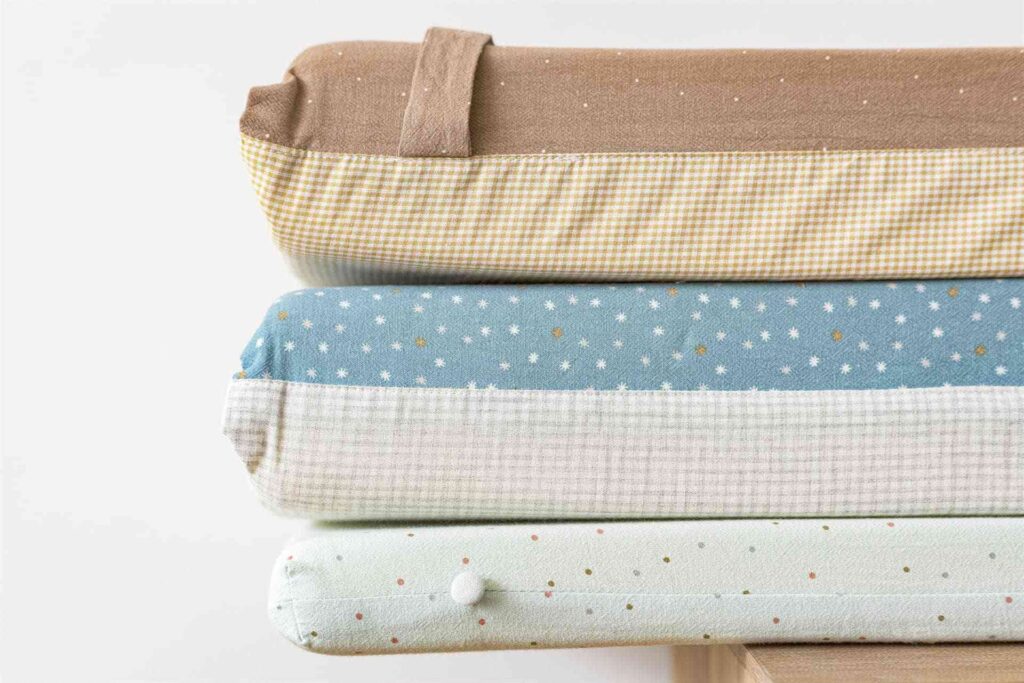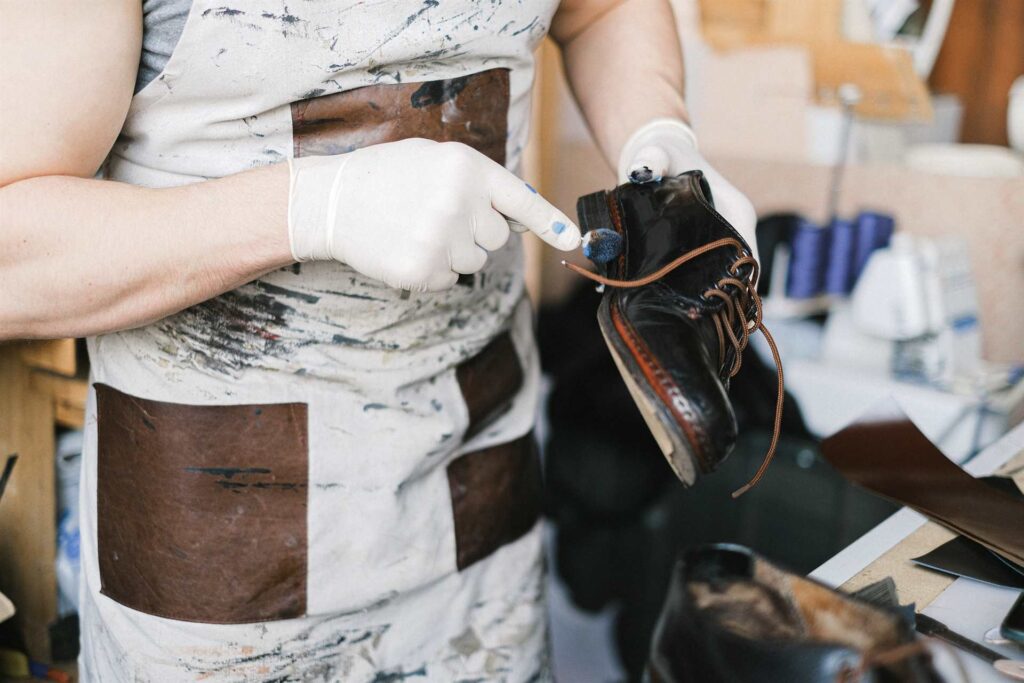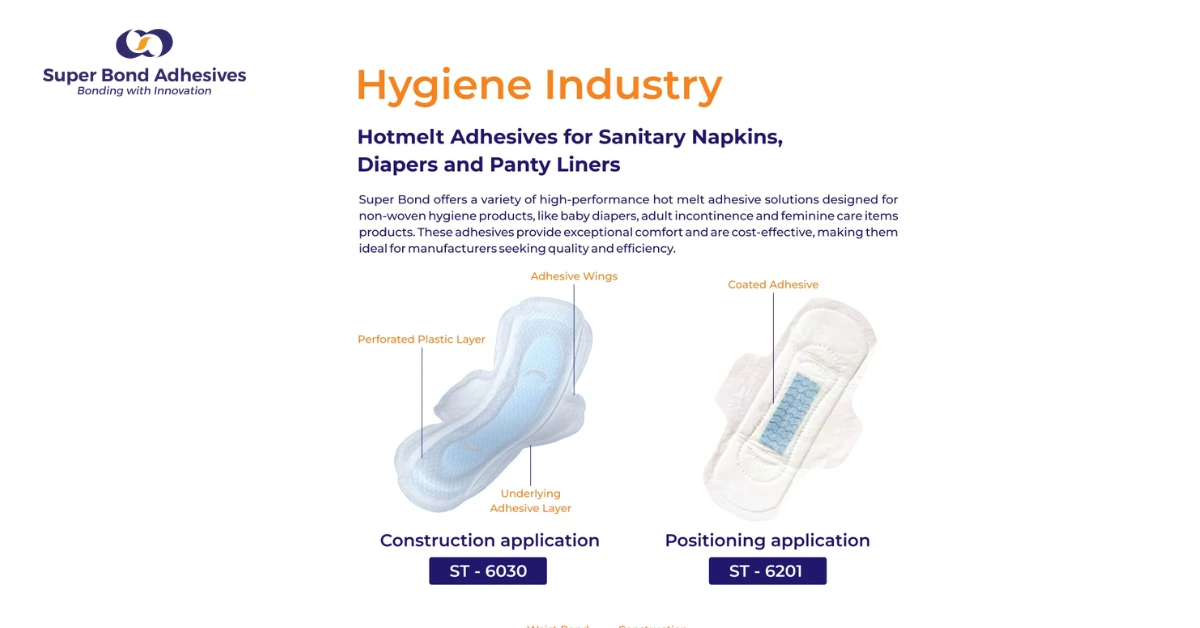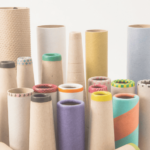HMPSA (Hot melt pressure sensitive adhesive) injects innovation into the hygiene products of our modern age. And all the way from the manufacture of sanitary pads to pantyliners and incontinence sheets, it tries to live up to the ever-increasing demands of modern-day safety, comfort, and reliability. It will remain invisible, that’s why its performance must be flawless to ensure that the hygiene products keep their word to their users.
What Is HMPSA?
Hot melt pressure-sensitive adhesives, or simply HMPSAs, are thermoplastics that develop tackiness at room temperature and actively hold two surfaces together when slight pressure brings them into contact. A surface treatment adhesive will bond due to heat or solvent, but an HMPSA will immediately and cleanly bond with a touch of pressure, offering consistent workability. Its formulation combines varied elastomers and tackifying resins together with plasticisers and stabilizers, all this in regard to the required performance characteristics.
But what makes it so critical in the hygiene industry?
The Non-Negotiables: Skin-Friendliness and Safety
Sanitary pads are in direct contact with one of the most sensitive parts of the human body, which makes the HMPSA biocompatibility a top priority. Manufacturers design these adhesives for hygiene applications with low odour, minimal skin irritation, and an absence of harmful solvents or chemicals.
An ideal hot melt PSA ensures that the pads remain safe and firmly placed without leaving any residue or causing foul discomfort. Tested under dermatological standards, its formulation is suitable for prolonged use and hence is skin-friendly.
Flexible Functionality of HMPSA in Sanitary Pads
HMPSA’s role goes beyond just sticking things together. In sanitary pads and similar products, it provides:
Secure Fixation to Underwear:
- Maintaining the position of the pad is crucial for comfort and leakage prevention. It delivers the right amount of tackiness for firm hold, yet easy removal without damaging fabric.
- Consistent Performance Across Conditions:
- Various climate conditions subject hygiene products to wet and humid environments during monsoons and dry conditions during winters. It offers temperature stability, that is, the adhesive must neither soften too much nor harden excessively.
- Discreet Application:It creates a clean, uniform layer of adhesive without bleeding through the product or altering its appearance. That’s critical for thin, discreet designs now common in modern sanitary solutions.
- No Stains or Residue: A good HMPSA leaves behind no sticky traces, ensuring user convenience and hygiene, which are two crucial pillars of a good experience.
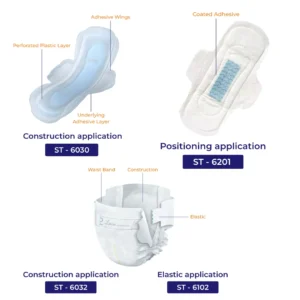
HMPSA Meeting Manufacturing Demands
The hygiene industry moves at a fast pace. Production of millions of sanitary pads each and every day demands that each of its components, including the adhesive, aligns with that scale of output.
HMPSA meet the needs of high-speed production lines by offering rapid setting and relatively consistent application. This allows even faster output without compromising quality or efficiency. Their long shelf life and stable viscosity also help minimize waste during production.
Beyond sanitary pads, they are extensively used in:
- Panty liners
- Menstrual cups (in packaging or labels)
- Feminine hygiene wipes
- Disposable undergarments
Their versatility makes them the preferred choice across the entire hygiene spectrum.
HMPSA Evolving with Market Trends
In recent years, consumers have grown more conscious of what touches their skin, giving rise to an increasing demand for organic, natural, and very sustainable personal care products. Adhesive manufacturers like Superbond have been able to rise up toward this, formulating hot melt adhesives with such values in mind.
- Bio-based: In order for the product to be deemed fully environmentally friendly, biodegradable adhesives need to be prepared using renewable feedstocks. Bio-based adhesives, thus undoubtedly contribute to lessening stress on the environment with as good as usual performance.
- Low VOC content Adhesives: Volatile organic compounds (VOCs) can irritate sensitive skin. Advanced HMPSAs are now formulated to be ultra-low in VOCs.
- Compatibility for Recycling and Composting: As personal hygiene brands are migrating toward recyclable back sheets and wrappers, HMPSAs are being formulated to suit these substrates.
Companies like SuperBond that provide the right HMPSAs evolve with global sanitation trends, regulatory concerns, and customer requirements.
Why It All Sticks Together
In sanitary pads and broader hygiene products, HMPSAs may never get the spotlight. But their role is irreplaceable. From securing a pad in place to ensuring it performs comfortably for hours, HMPSAs serve both the user and the manufacturer with quiet efficiency.
Today, innovation in hygiene isn’t just about new shapes or absorbent cores; it’s about materials that make the experience safer, cleaner, and smarter. And HMPSA is right at the centre of this progress.
Functioning as the comfort behind invisible sanitary pads or simply behind the ingenuity that goes into the production of sanitary goods, HMPSA holds it all together literally and metaphorically. As the hygiene interface goes further for comfort, safety, and sustainability, adhesive demand growth rates are being tracked for prior compatibility-making and high-performance candidates.
Enabling ultra-thin product design or ensuring secure placement without compromising skin health, HMPSA have gone from backstage elements to a main venue where innovative thinking in hygiene is taking place. In pursuance of evolving consumer needs and stringent regulatory standards, the manufacturers consider investing in proper adhesive solutions as a strategic move.
In this landscape, choosing a reliable hot melt pressure-sensitive adhesive supplier isn’t just a decision; it’s a commitment to product integrity, user comfort, and long-term brand trust.
Looking for dependable HMPSA solutions tailored for hygiene applications? Visit superbond.co.in to explore adhesives that deliver performance you can feel, even when you can’t see it.


